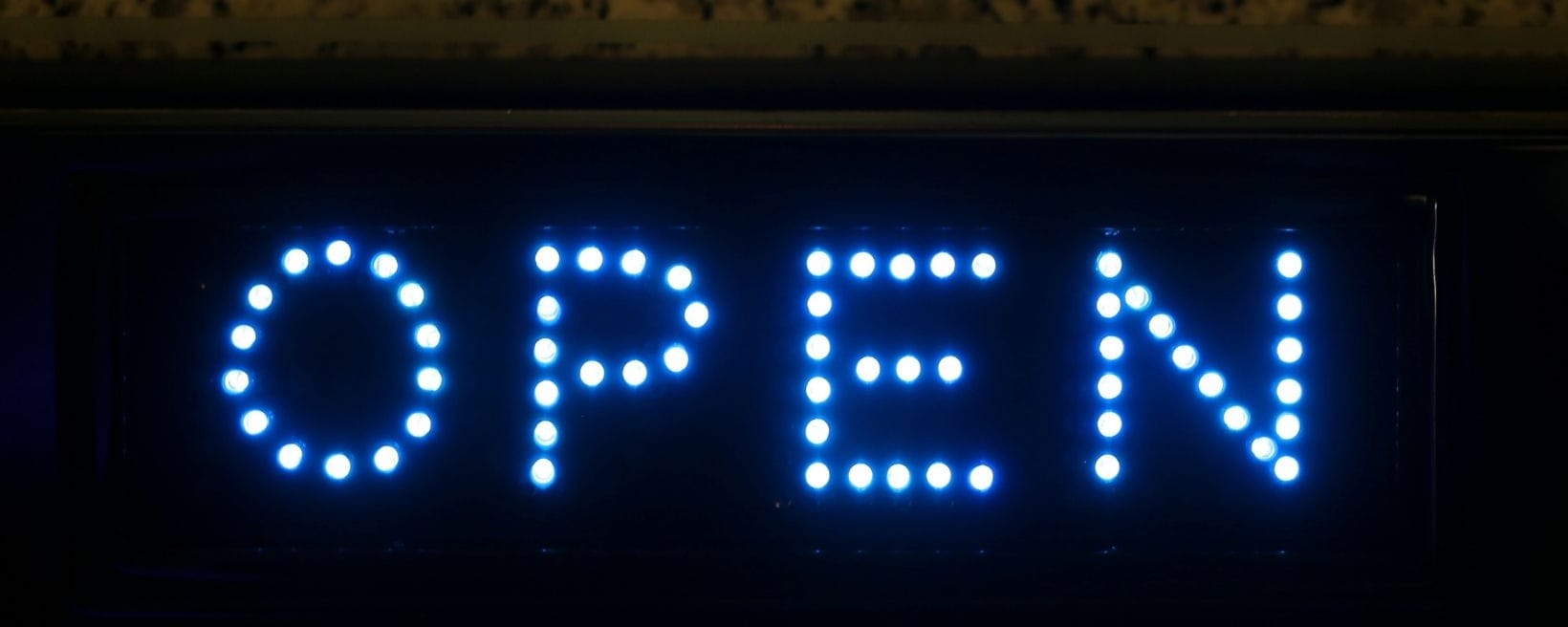Four stages to create the perfect sign

There are some signs that instantly make a statement, and there are others that stand out for all the wrong reasons. There are lots of things that contribute to the production of a good sign, but often it can be a long process to reach that end goal.
From mock up designs to installation, each stage involves constant communication, patience and skill. But with every completed sign, there’s no doubt the end result is highly rewarding. Keep reading as we discuss how to achieve perfection at each stage.
1. Consultation
The sign making process usually begins with a consultation between the sign maker and the interested business. This is when the business will share their design ideas, what they want to communicate through the sign and any other issues the sign maker might need to consider. At this stage it’s really important the sign maker clearly understands what message the business is trying to convey, so they can present the best possible ideas that are closest to the brief. It’s also an opportunity to discuss budgets and timeframes so that the work can be carried out as efficiently as possible. A sign maker might also use this time to take measurements, identify electrical outlets and raise any potential concerns.
2. Mock up designs
The sign maker will take all the relevant information and using specific photo editing software, will create a virtual prototype of what the design should look like once mounted. Not only is this a great way for the business to visualise their finished sign, but the software can be used to create mock ups of the sign at the proposed location, whether that is a storefront or inside a premises. This is also an opportunity for both parties to identify any issues and make any alterations to the final design.
3. Planning permission
Depending on the size and location of the sign, sign makers may be required to submit a plan detailing the exact measurements and where the sign is intended to be mounted. This might involve an additional fee, which will be factored into the final cost of the sign. It’s important the sign maker has the correct measurements and other important information, as this may result in a delayed or rejected application.
4. Installation
Perhaps the most exciting step in creating the perfect sign is getting it installed by an experienced sign fitter. Choosing a licensed sign installer will mean they work to the highest standards and will ensure the process is carried out safely and efficiently to the proposed timelines. It also means they’ll be able to overcome any issues that may not have been visible in the earlier stages of production.
Through each stage of production, it’s important to have qualified and experienced individuals working hard to make the perfect sign. At Walsall College, we understand the importance of hands on experience, which is why our nationally recognised sign maker apprenticeships provide practical experience with industry experts.
Apply now to secure your place for September. See our signmaking courses.
Tag:Business, Design, Marketing, sign maker, signage, signmaking



